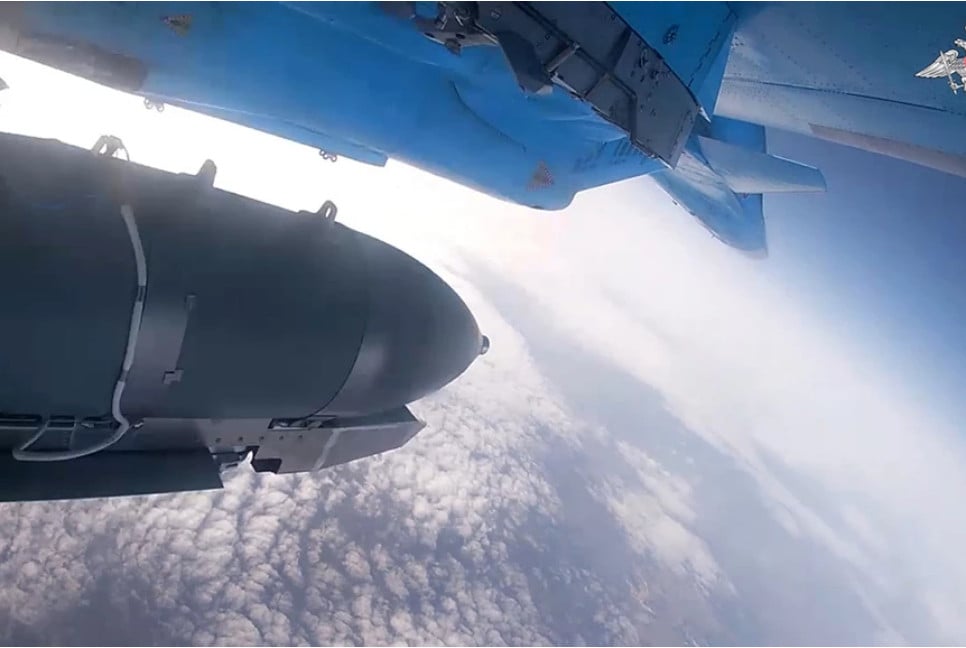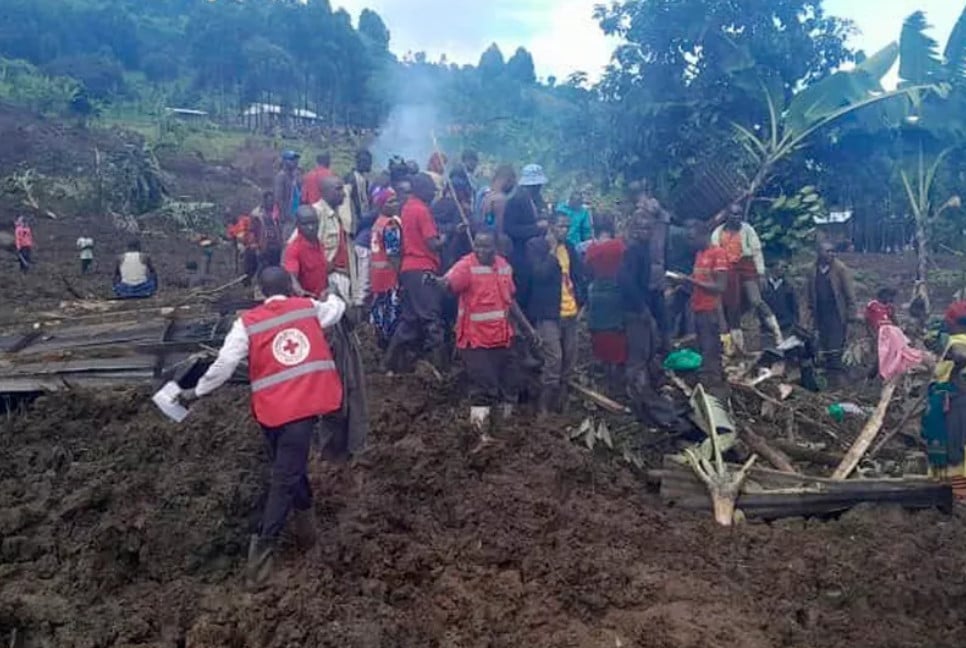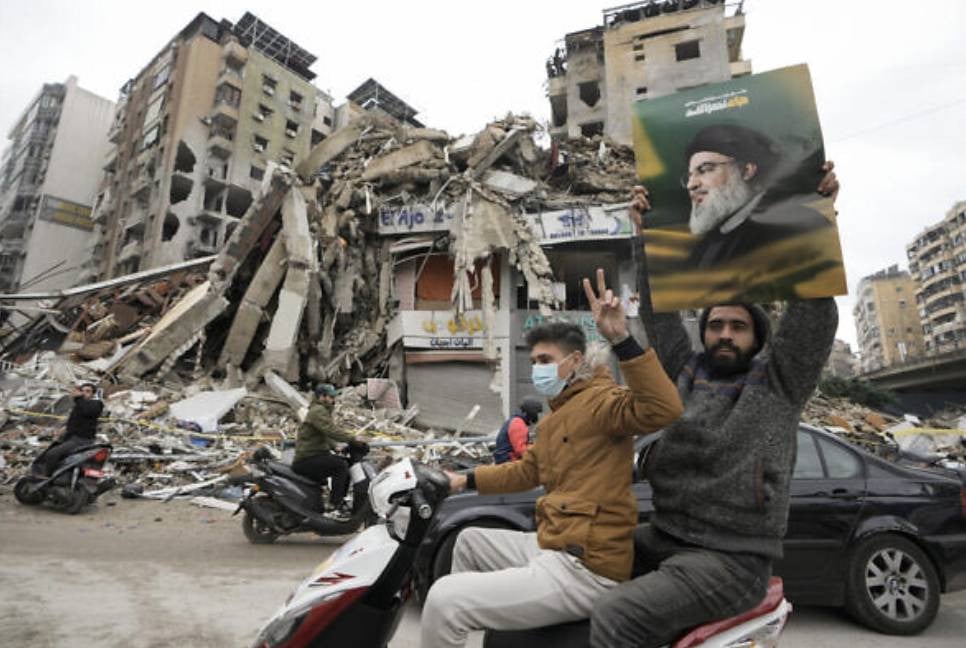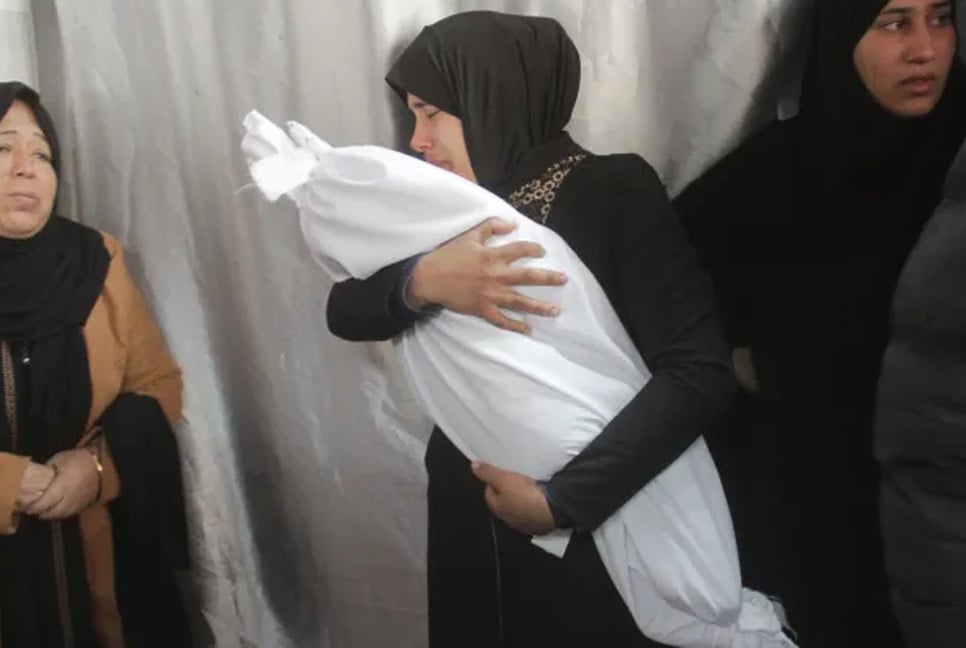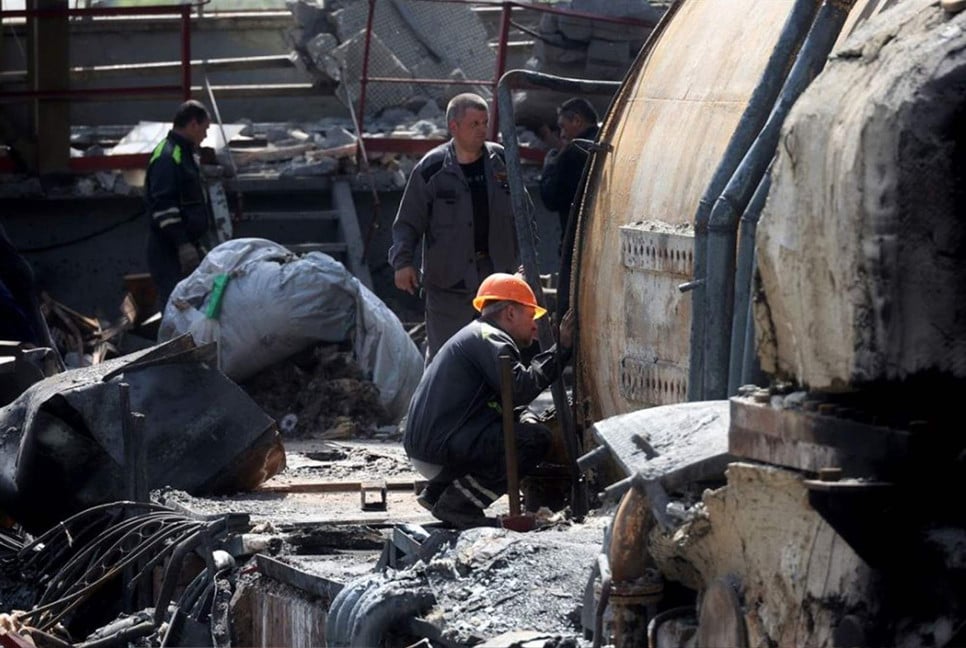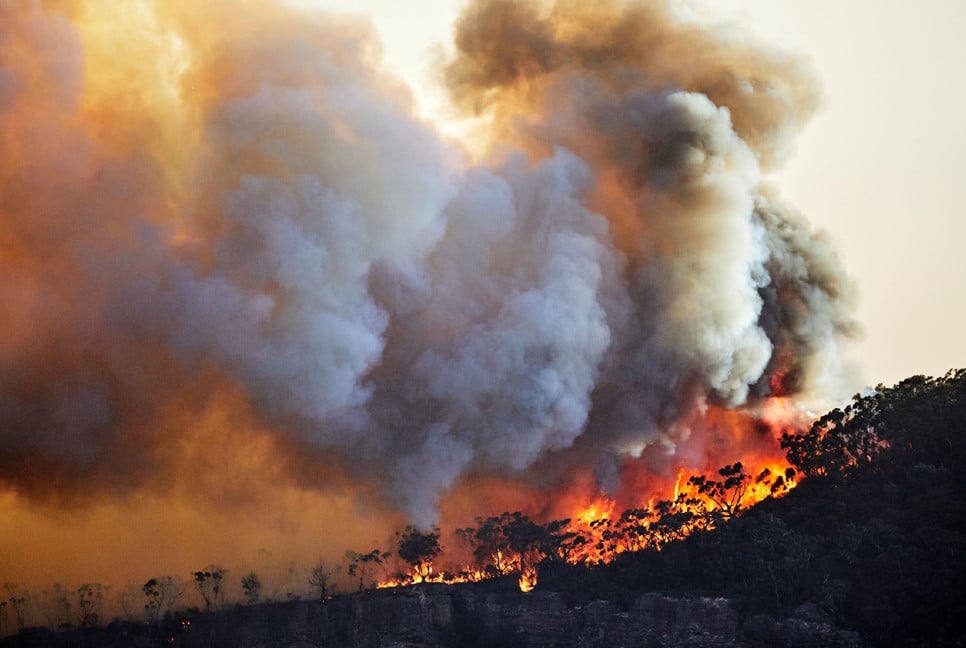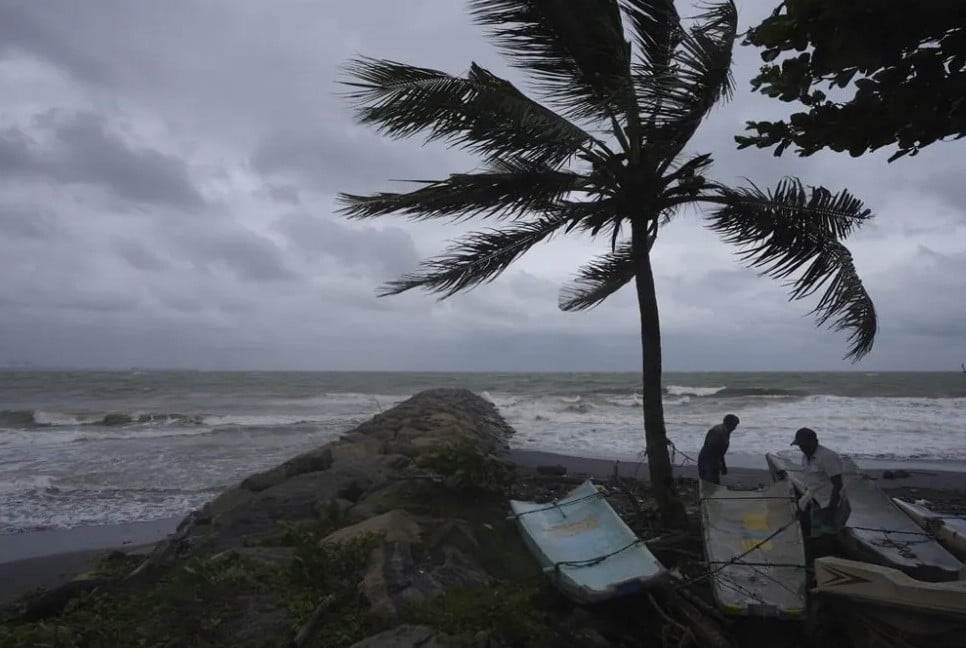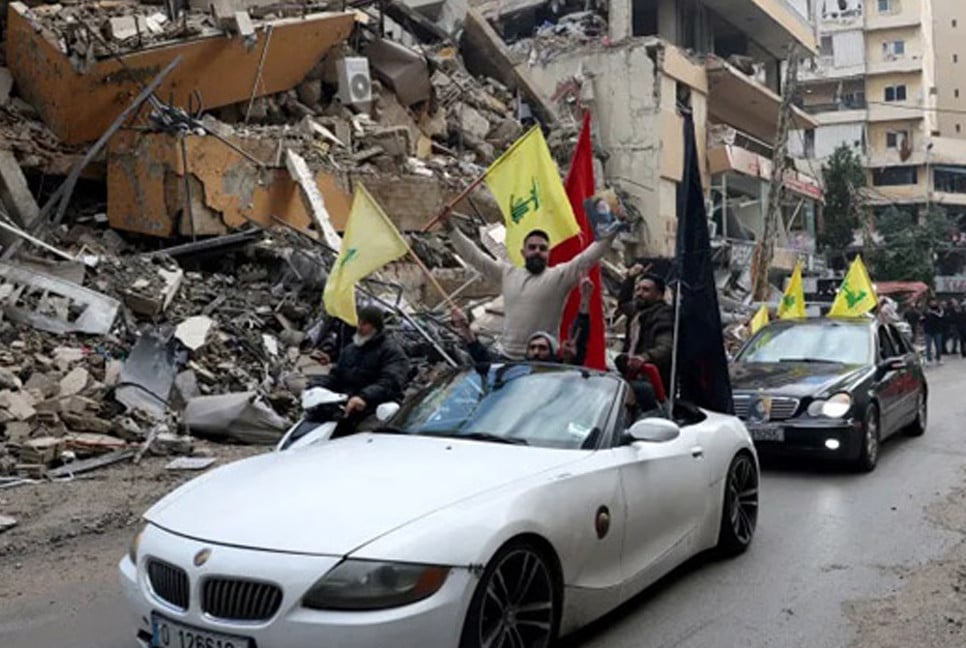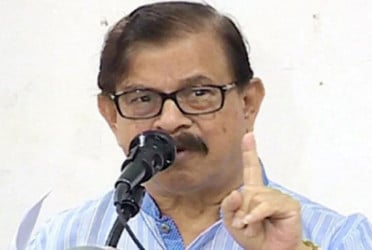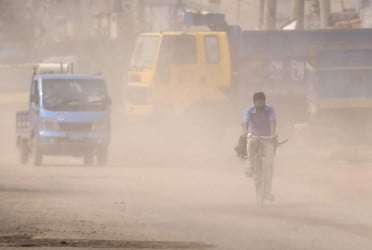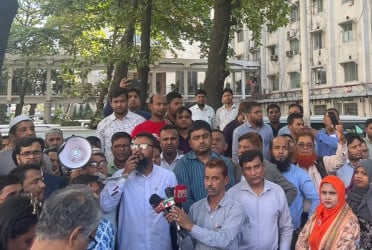According to Ukrainian officials, Russia’s energy infrastructure suffered a “massive” assault on Thursday as nearly 200 missiles and drones targeted the grid, resulting in over a million homes losing power, reports AP.
This marked Russia's second major attack on Ukraine’s power grid in under two weeks, intensifying concerns that the Kremlin seeks to dismantle the nation’s energy capabilities ahead of winter.
“Energy facilities are being attacked across Ukraine,” Energy Minister Herman Halushchenko wrote on Facebook, noting that emergency power outages had been enforced nationwide.
Russia has previously targeted Ukraine’s energy infrastructure in attempts to deprive civilians of heating and water during harsh winters and weaken morale. These strikes also target Ukraine’s defense production, which includes missiles, drones, and armoured vehicles.
Ukrainian President Volodymyr Zelenskyy reported that Kalibr cruise missiles carrying cluster munitions struck civilian areas on Thursday, calling it a “treacherous escalation.” Cluster munitions release multiple small bombs over a wide area, posing risks to civilians during and after attacks.
Russian President Vladimir Putin stated that his military had struck 17 Ukrainian targets, including military facilities and support systems, using 100 drones and 90 missiles.
This incident represents the 11th large-scale Russian assault on Ukraine’s energy grid this year.
According to the Ukrainian air force, it intercepted 76 cruise missiles, three other types of missiles, and 32 drones, but admitted it lost track of 62 Russian drones likely affected by electronic warfare. Neither side’s claims could be independently verified by the AP.
Officials in Kyiv warned of Russia’s stockpiling of cruise and ballistic missiles, presumably for another pre-winter campaign against Ukraine’s power grid. Ukrainian authorities have previously accused Russia of using “weaponised winter.” Such large-scale attacks have become a recurring aspect of the war.
Over nearly three years of conflict, almost half of Ukraine’s energy infrastructure has been destroyed, leading to frequent electricity outages. Western allies have provided air defense systems and funding for repairs to strengthen Ukraine’s energy security.
In March, the International Criminal Court in The Hague issued arrest warrants against two senior Russian military officers for war crimes involving attacks on Ukrainian civilian infrastructure, including power plants.
The war has shifted in Russia’s favour in recent months, as its larger military, with superior manpower and equipment, has gradually advanced in eastern Ukraine, albeit at a significant cost.
Putin claimed that over the past two days, Russia had launched 100 missiles and 466 drones at Ukraine, describing these as retaliatory measures for Ukraine’s use of American-made missiles to target Russian soil with President Joe Biden’s approval.
At a summit in Kazakhstan with former Soviet nations, Putin warned that Russia might deploy its new intermediate-range ballistic missile, the Oreshnik, against decision-making centres in Kyiv.
The missile, first used against Ukraine last week, features six warheads and flies at 10 times the speed of sound. Putin claimed it is impervious to modern air defenses and can penetrate underground bunkers, releasing submunitions that cause widespread destruction. He compared its power to that of a nuclear weapon.
Thursday’s explosions were reported in Kyiv, Kharkiv, Rivne, Khmelnytskyi, Lutsk, and other cities across central and western Ukraine.
Zelenskyy called on Western nations to expedite the delivery of promised air defense systems, highlighting Ukraine’s past frustrations with delays in military aid.
“Every attack demonstrates the urgent need for air defenses in Ukraine, where they save lives, rather than sitting in storage facilities,” Zelenskyy wrote on Telegram.
The Ukrainian air force noted that Russia uses large numbers of missiles and drones to overwhelm air defenses, and exploits weather conditions such as fog and cloud cover to make interception more difficult.
Andrii Yermak, head of Ukraine’s presidential office, mentioned on Telegram that Russia had stockpiled missiles to target infrastructure and civilians during the winter, with support from “deranged allies,” including North Korea.
Western governments and South Korea have accused North Korea of boosting military support for Russia in recent months.
Maksym Kozytskyi, the head of Ukraine’s Lviv region, reported that over half a million households were left without power following the attack.
In the Rivne region, over 280,000 households were without electricity, with running water also disrupted, according to regional Governor Oleksandr Koval. Some schools in Rivne city shifted to online learning.
The Volyn region saw 215,000 households without electricity, as regional head Ivan Rudnytskyi reported. Generators were used to power critical infrastructure in affected areas.
Energy infrastructure in Ivano-Frankivsk region, located in western Ukraine, was also targeted, with officials confirming the activation of air defenses and the implementation of emergency power outages.
Officials set up “points of invincibility,” shelters where residents could charge devices and access refreshments during blackouts.
In Kyiv, where air raid sirens lasted over nine hours, missile debris fell in one neighbourhood, but no casualties were reported, according to local officials.
bd-pratidin

